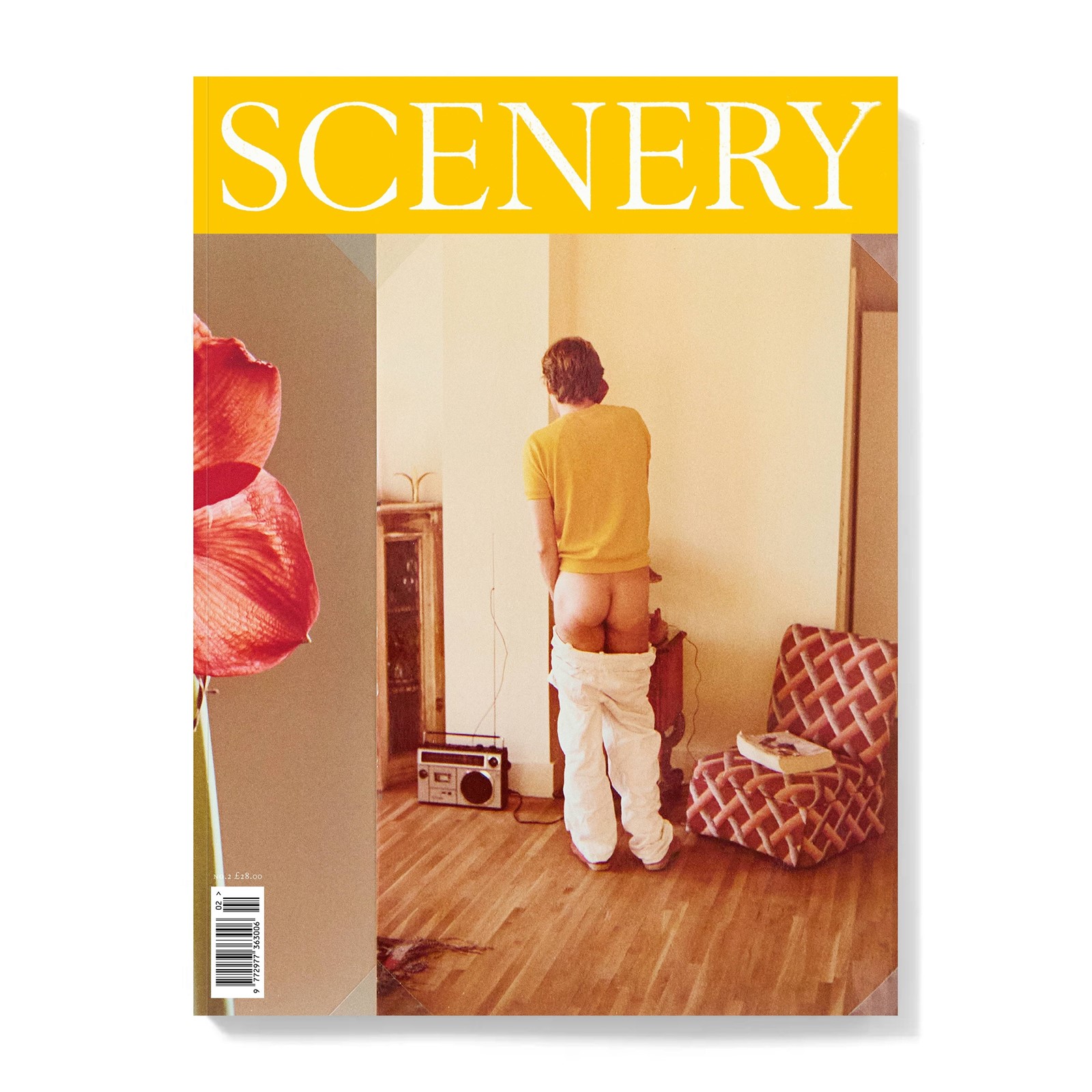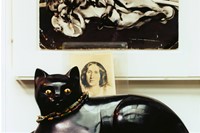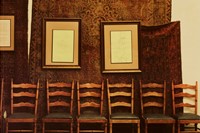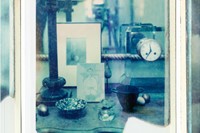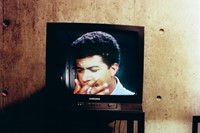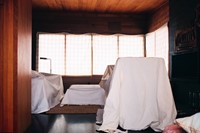Last November, Simon B Mørch launched a new magazine called Scenery, which sought to bring the worlds of fashion and interiors under one, very elevated umbrella. Developed over a number of years but brought to fruition in 2023, the inaugural edition was a cautious and considered love letter to the practices of crafting, creating, curating and collecting.
Produced alongside a close-knit team of collaborators that includes creative director Alister Mackie and art director Aiden Miller, the first issue offered more than a glimpse inside the homes of major figures from the fashion industry, including model and longtime Karl Lagerfeld muse Amanda Harlech, designers Stefano Pilati and Bella Freud, photographer and stylist Venetia Scott, and more. (The magazine has since found fans in other industry giants such as Kate Moss, Kim Jones, and Andreas Kronthaler, among others.) But it did more than that, too: it offered a new perspective on interiors, one that was both nostalgic and novel, romantic and firmly rooted in the real; it scales the height of high glamour and plumbs the depths of humble craft. And it does all this through such beautiful imagery that it felt, and there really is no other word for it here, grand.
This week, Mørch is launching the second issue of Scenery and it is, if possible, even grander. Bigger and more ambitious than the first, the new edition is centred around legendary American artist and author Peter Schlesinger (the publication will be hosting its stateside launch in Schlesinger’s New York apartment later in the year). With unprecedented access to his archive, Mørch wanted to look at the people continuing his legacy today; people working in the same spirit that defines Schlesinger’s own practice. But that’s not the only reason Scenery feels more ambitious; this time the characters are more diverse, the locations more disparate, and the photography is – if possible – even more elevated. We meet modelling power couple (and former AnOther Magazine cover stars) Jonas Gloër and Kiki Willems in their pared-back flat and Rose Cholmondeley in her Palladian stately home; we travel to a home in Italy, owned by two eccentric artists, and a hotel in Lebanon that is apparently frozen in time (Brett Lloyd’s images of the latter are particularly cinematic).
A true labour of love, Scenery is a testament to what can be done with huge ambition and impossibly high standards (something Mørch possesses and admits can, at times, present challenges). Armed with proofs of the new issue, Mørch meets me in a cafe in De Beauvoir, a stone’s throw from the studio he shares with Mackie. Here, he delves deeper into the magazine, revealing exactly how he brought it all together.
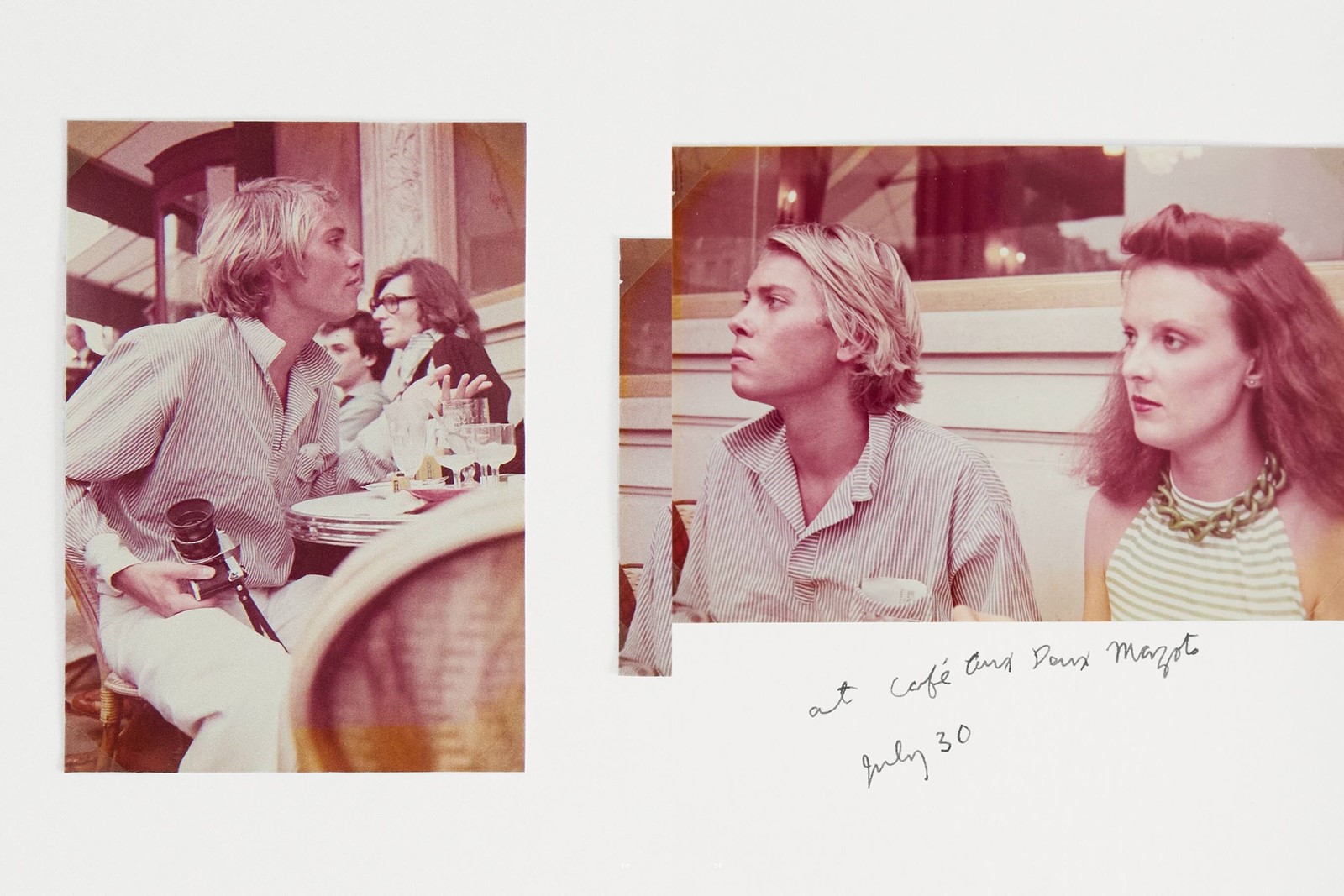
AnOther Magazine: How would you introduce Scenery to someone who hasn’t heard of it before?
Simon B Mørch: Scenery is about interiors seen through a more artistic lens, as a lot of the artists and photographers we work with come from a fashion background. It’s about how creative people live today, but it also has an old-school feeling to it and a real narrative arc from beginning to end. We think about each issue like a book, and a lot of the design elements are inspired by old novels and catalogues.
AM: How would you define its point of view on interiors?
SBM: We’re definitely interested in the messier, more real, more human side of people’s homes – we prefer it if people don’t get it all styled and arranged for us. We want to see how they really live, and all the fascinating details and textures and tiny corners of their homes, not sanitised widescreen shots where every item has been meticulously arranged. The monetary value of the items we’re showing doesn’t really matter; the inexpensive Yoda figurines in Kim Jones’ house are just as fascinating to me as his Lalanne cat, and I’m just as excited to see Rose Uniacke’s dartboard and projector as her antiquities. It’s more about the personal stories behind these objects.
AM: And how would you introduce this issue? It began with Peter Schlesinger, right?
SBM: The starting point for the issue is our archive feature, which ended up setting the tone for many of the other features, as we think about how people are continuing that legacy today. I’m not a big fan of themes but I love having a thread running throughout the magazine that points back to the opening section.
For this issue, we dived into Peter Schlesinger’s photo albums, dating back to late 1960s in LA and, after travelling the world, ending in 1980s New York. Peter photographed everything and was everywhere, from David Hockney to Amanda Lear, from Paris to Yemen. It’s also a love story, about how Peter met the late Eric Boman and how they built a life together, seen through Peter’s lens, which felt like a beautiful way to begin the issue.
When we first spoke to Peter, we didn’t realise the extent and scale of the photo albums … It was only when Will Brodie Davidson, our sittings editor for this feature, met Peter for the first time that we understood how special this was.
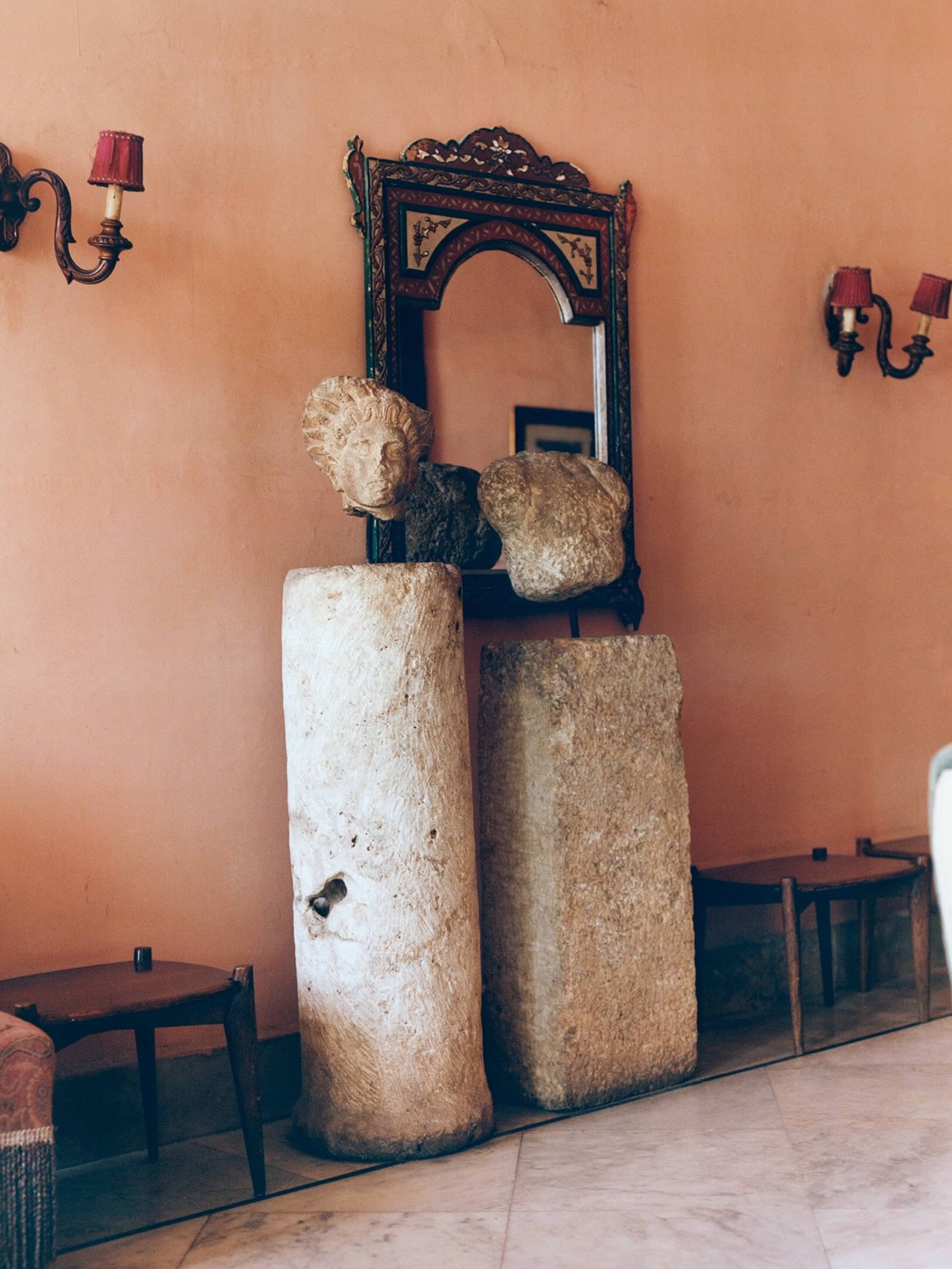
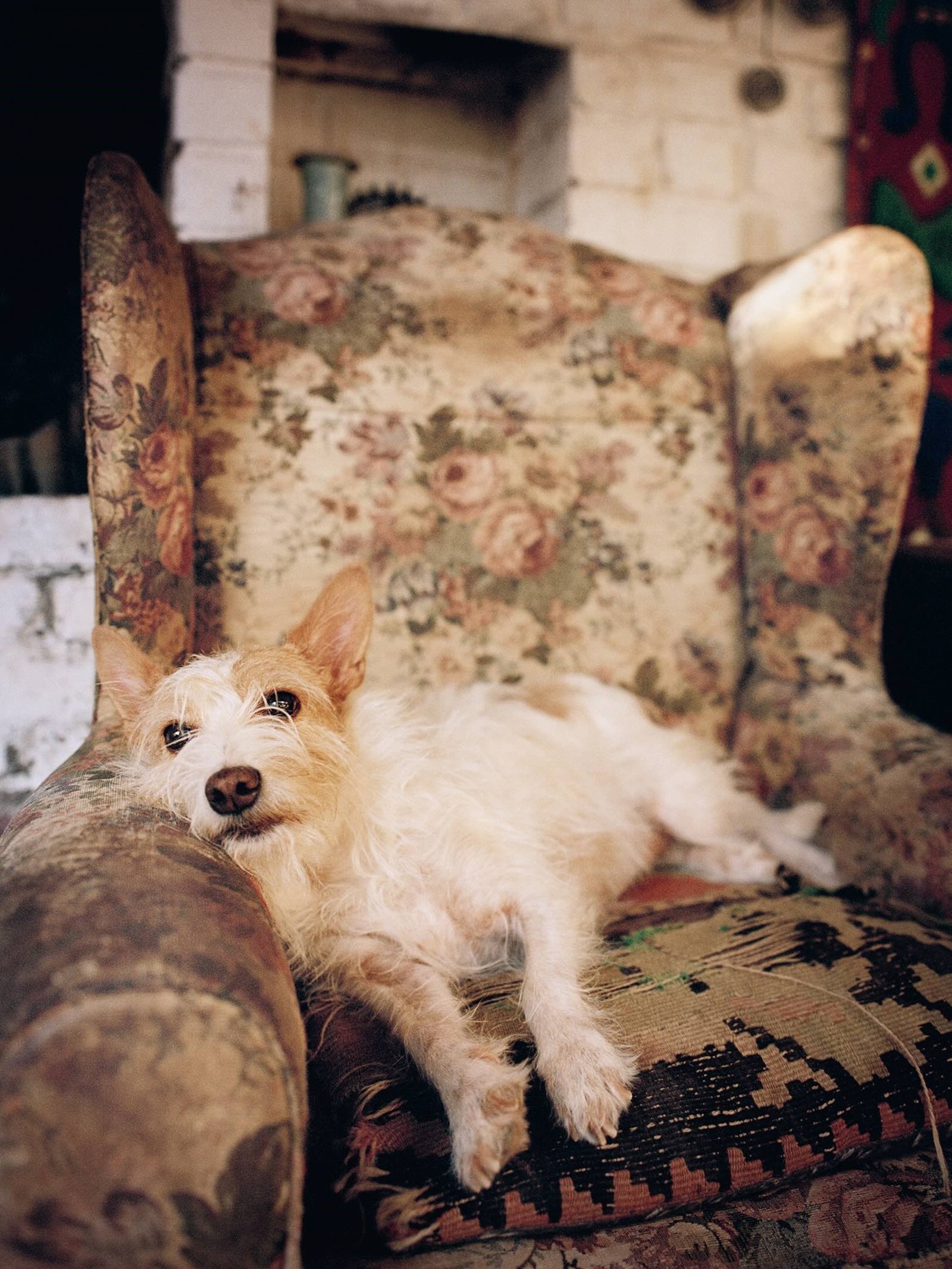
AM: Can you talk me through the covers?
SBM: Yes! Cover one is Peter Schlesinger’s home. It features Eric on the phone in 1979! The image captures the summer energy of this issue of Scenery, it’s sexy and fun and includes a timeless interior.
Cover two is Kim Jones’ home. It features a Lalanne cat, a Francis Bacon study and a postcard drawing of George Eliot. It really captures Kim’s eclectic eye, and we wanted to photograph the story in the style of 70s advertising. The pictures, by Oscar Foster-Kane, are fantastic.
Cover three is the Palmyra Hotel. This is a beautiful journey into Lebanon, about a special place in the world. It was a real challenge to make it happen with everything currently happening in that part of the world, but we made it and the outcome is incredible.
Cover four is Rose Uniacke’s home. Rose has such a distinctive style and her home is the perfect embodiment of that, but she has such an interesting life and we wanted to capture some of the other, more intimate sides of what goes on in her home, where she cooks every evening, where she relaxes to watch a movie.
“We want to see how people really live ... not sanitised widescreen shots where every item has been meticulously arranged” – Simon B Mørch
AM: This issue feels like a real evolution of the last – it’s much more ambitious in terms of the people and interiors that you’ve included. Can you tell me about some of the places that you’ve photographed? What’s the story of the hotel in Lebanon?
SBM: We definitely wanted it to feel more worldly, and different to the first issue, which, partly for practical reasons was much more UK-centric. One of our cover stories was photographed in Baalbek in Lebanon. I was introduced to Rima, who has owned the Palmyra Hotel since 1985 – although, from what we can gather, it’s the oldest modern hotel in the Near East that’s still running today, having been built in 1874. We wanted to do a story about this beautiful place in the world, especially as it’s going through a challenging time due to conflict in the region.
Brett Lloyd travelled to Baalbek and stayed there for days. The story is very special and the pictures have such a timeless quality to them, capturing the ruins that surround the hotel as well as its interiors. But we also wanted it to be a story about the people that live there, and how they’re preserving the wonders of that place today, which the brilliant Lebanese writer Gilles Khoury captured beautifully in his story which touches on both the long history of the hotel and its place in the world in 2024.
AM: And what about the people? There are some really interesting characters in this issue, as well as some familiar faces like Jonas and Kiki, who are photographed in their very beautiful – and incredibly bare – apartment. Who else have you included?
SBM: I loved that Jonas and Kiki said they would rather live with one amazing thing than fill up the space too quickly. I can totally relate – that was my mantra for many years. They are part of our My Space section, where we like to spotlight creative people in the spaces where they live and work, from Rose Cholmondeley at home in Houghton Hall in Norfolk to the brilliant sculptor Shawanda Corbett in her London studio.
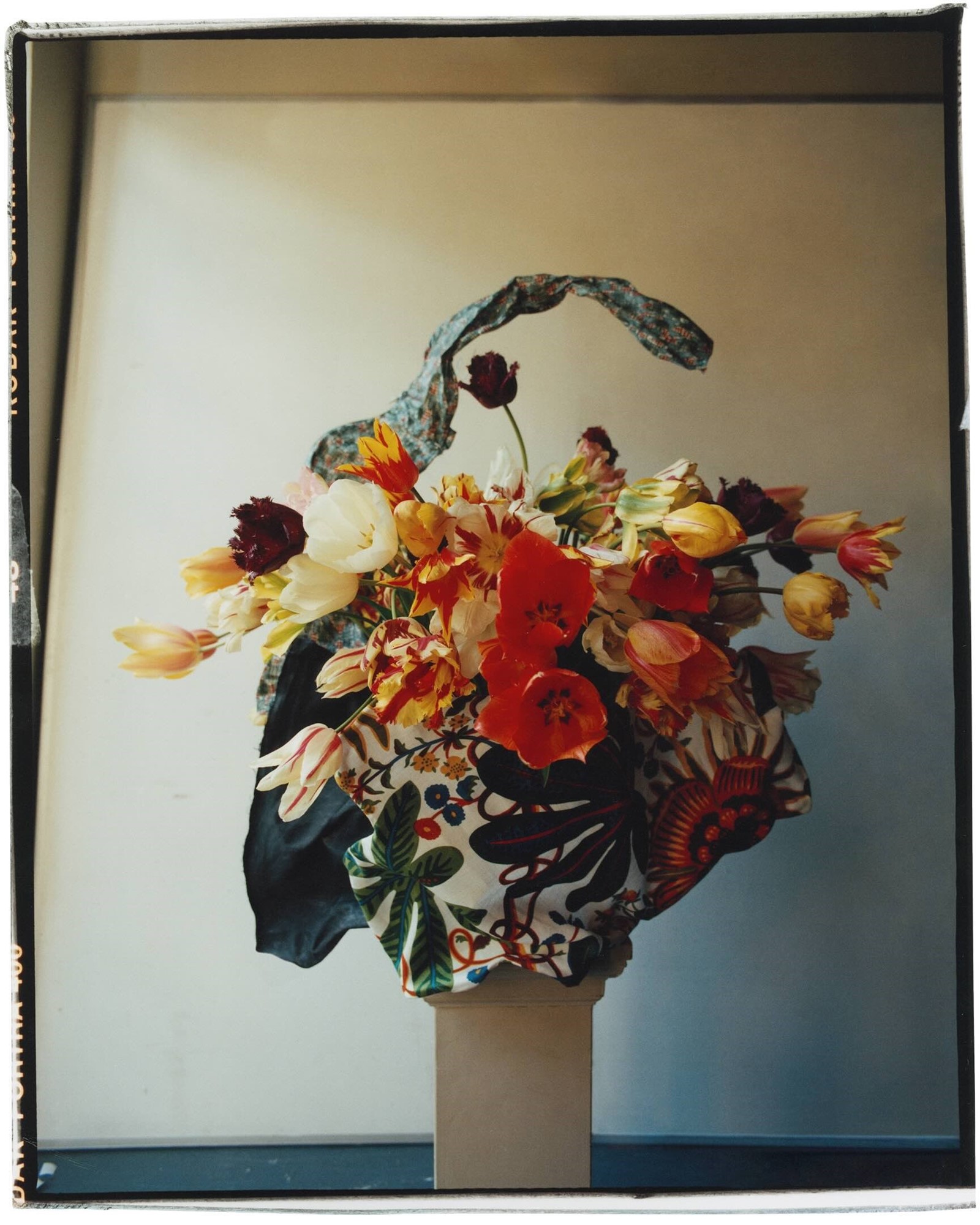
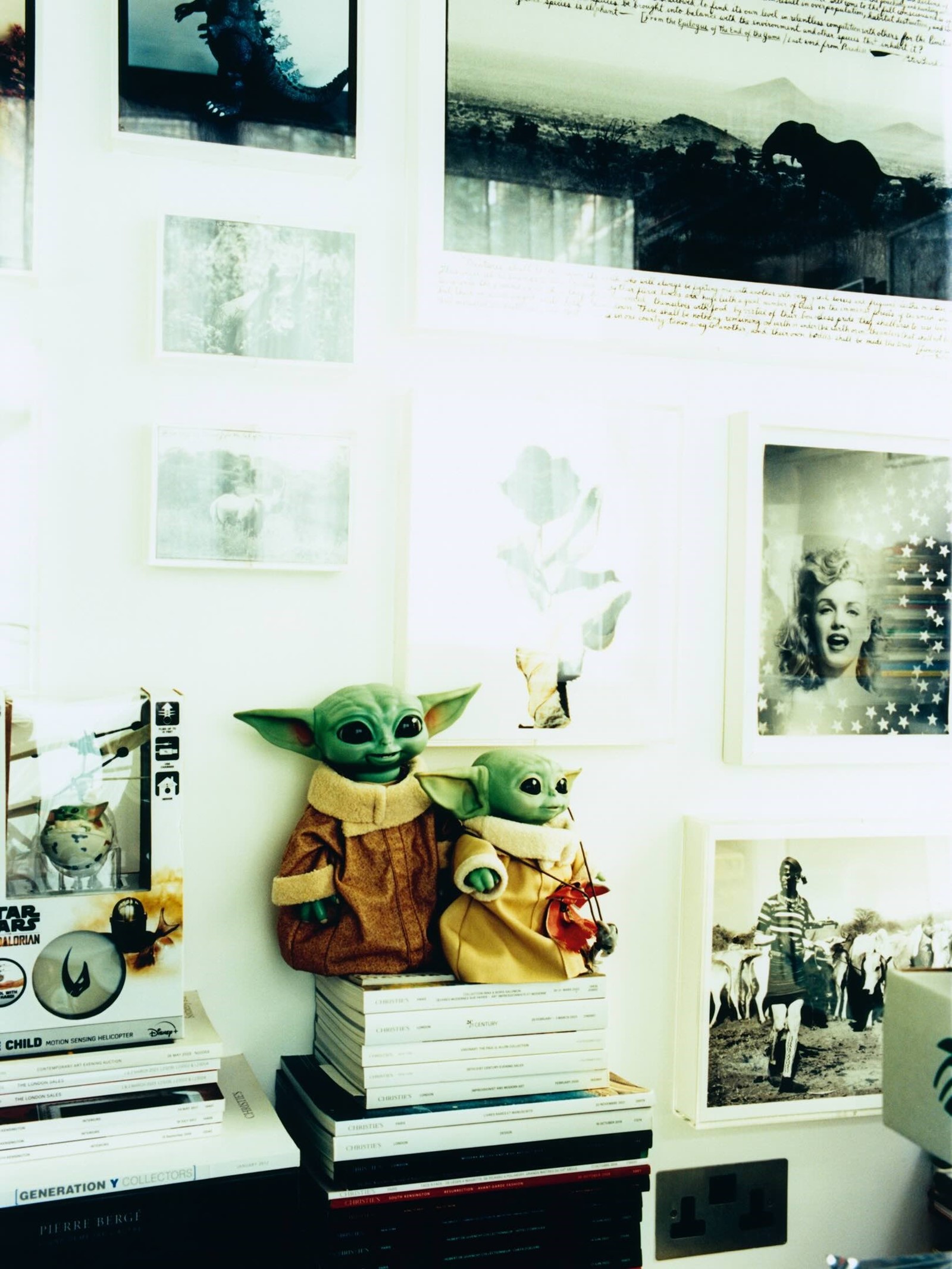
AM: You work very closely with Alister Mackie. How would you describe his involvement in the magazine and his influence on your work more broadly?
SBM: Alister has a natural flair for editing and putting pictures together. The flow and the attention to how every picture sits on every page is definitely something he brings to Scenery. We are now working on some exciting book projects together, seen through this Scenery lens.
AM: What stories are you particularly excited about in this issue?
SBM: I love William Waterworth and Hannes Hetta’s story in Rome with the artists Emi Maggi and Joanna Burke – it feels almost otherworldly but is so full of personality. And it comes with a great story by the writer Laura May Todd about their relationship – they were a romantic couple but are now close friends and still live and work together – and how that feeds into their creative practices.
And the Morris Golde House in Fire Island – it once belonged to a great patron of the arts, who supported a lot of the great queer poets and artists of his time. Edward Albee worked on Who’s Afraid of Virginia Woolf on the terrace, and Frank O’Hara was such a regular visitor that he actually died while staying there on a summer trip to the island. It felt like a really interesting companion piece to Peter Schlesinger’s archives, as it’s now owned by Justinian Kfoury, the owner of Total Management, and it’s still a magnet for queer creatives every summer. Marc Hundley did the most beautiful pictures of it in the spring, as it’s slowly being opened up for the season ahead.
AM: What were some of the biggest challenges you faced while making this issue?
SBM: I have very big ambitions with Scenery, and it’s always tough to get every piece of a magazine together. Things change every day, sometimes every hour.
AM: Why do you believe in print as a medium?
SBM: I believe in print because it’s so considered. It requires so much time and effort to create, and the hard work of so many people, and it shows. I believe that’s why we had such an amazing response to our first issue. People could sense the love and care and the immense amount of work that went into it.
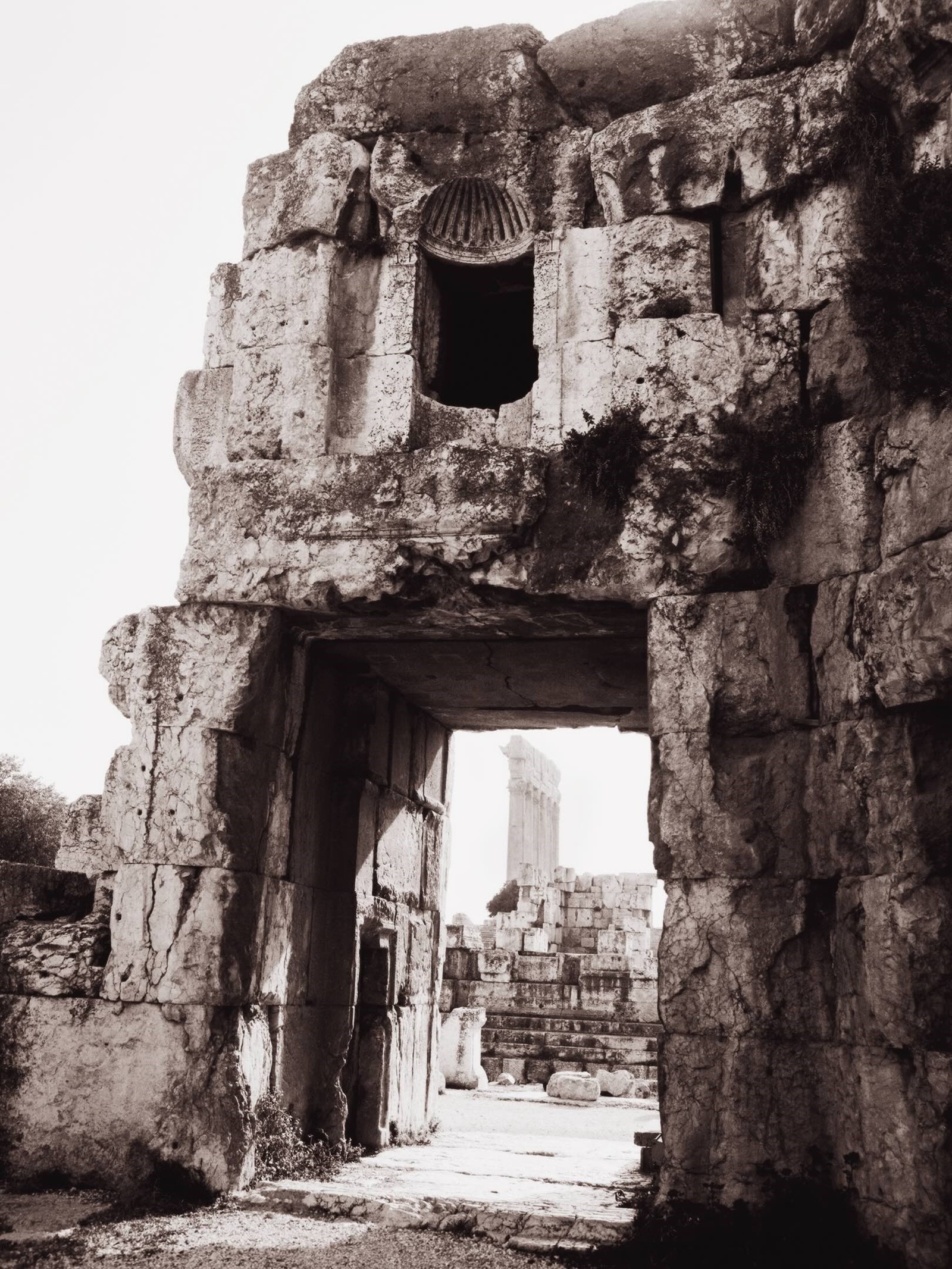
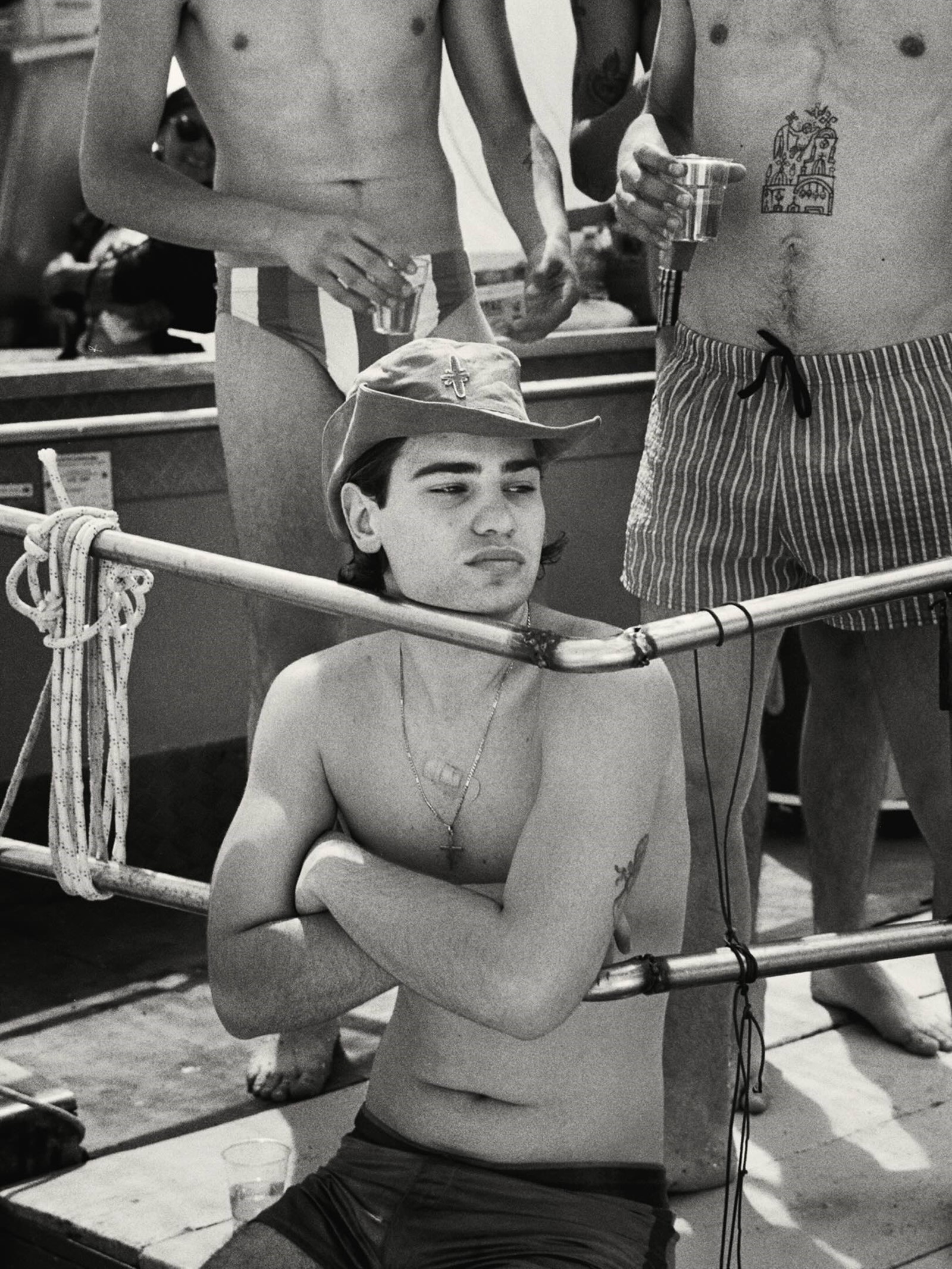
AM: What was it like to have Fendi support the magazine again?
SBM: We were thinking about all the best parts of issue one and how we could do them even better in issue two, including making our own Fendi adverts in collaboration with the brand, which gave us the opportunity to develop a creative voice together and do something with a brand in a unique way. We want the ads to feel as considered and as much part of the Scenery world as everything else in the magazine. And honestly, what’s better than running advertising that nobody else has?
AM: Last time you created a collection of products as part of the project. Have you done something similar this time around?
SBM: We have done some more lighthearted things for this summer issue. We’ve collaborated with Carrier Company, a Norfolk-based family-run outdoor clothing company, on a summer hat which comes in four colours: khaki, navy blue, white, and red. They are great – and affordable! We photographed them in Naples in May on local youths, in a real L’Uomo Vogue style. We’ve also done a tote bag, which feels very Fire Island – perfect for anyone visiting the Morris Golde House this summer.
AM: What is your hope for this issue?
SBM: I hope people love it, and I hope it leaves them wanting more. We’re already hard at work on issue three!
Scenery Number Two is out now.
